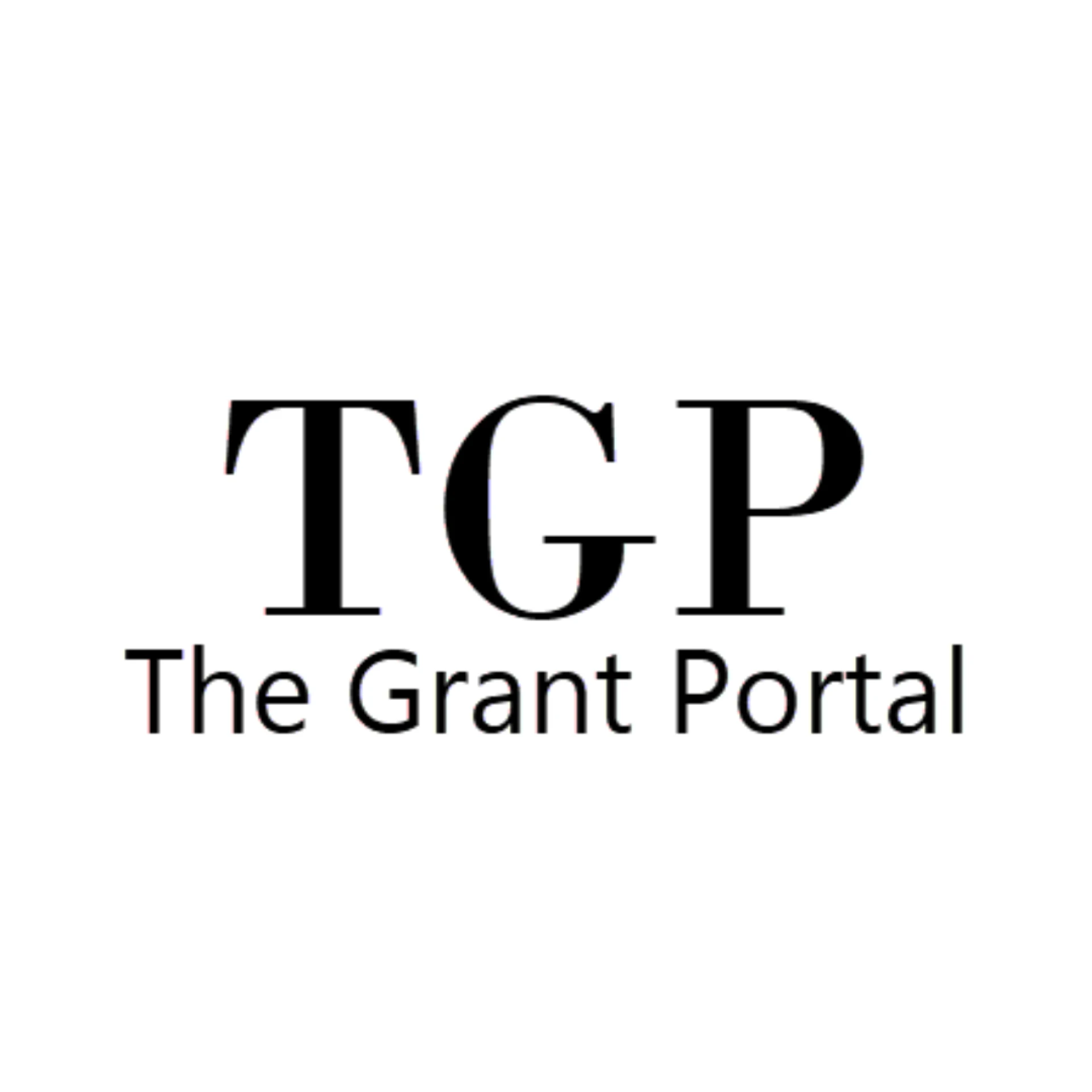Finding the right grant has always been a challenge for many organizations. With evolving priorities, funders are shifting their focus to make the funding process more efficient. As 2025 approaches, new trends are shaping how grant providers distribute funds. These trends are creating better opportunities for nonprofits, small businesses, and individuals who rely on funding for their projects.
Technology, data-driven decisions, and equity-based funding models are leading the way. Grant seekers must adapt to these changes to stay ahead. Funders are also exploring innovative ways to improve transparency and impact. This article highlights the key trends that will define the funding in 2025.
Technology is Changing the Grant Process
Digital tools are making it easier for both funders and applicants. Many reputed providers are using AI-driven software to review applications faster. This means organizations must ensure their proposals meet all requirements before submitting them.
Key Changes:
- Online Applications – More funders are moving away from paper applications, requiring everything to be submitted online.
- AI-Powered Grant Reviews – Automated tools can screen applications and identify strong candidates, making the process quicker.
- Blockchain for Transparency – Some funders are using blockchain to track grant usage and prevent misuse.
Organizations should prepare by adopting digital tools for their application process. Staying up to date with these technologies will improve their chances of securing funding.
Data-Driven Decision Making is Increasing
Funders no longer rely solely on written proposals. They use data to determine which projects will have the most impact. Those applying for grants need to show measurable results in their proposals.
What This Means for Applicants:
- Clear Metrics – Providing numbers and facts in a proposal helps funders see potential outcomes.
- Impact Reports – Many funders require regular updates with data showing how the grant is being used.
- Predictive Analytics – Some funders use technology to predict project success based on previous data.
Applicants should focus on providing clear and measurable goals in their proposals. Using real data can improve their chances of securing funding.
More Focus on Long-Term Partnerships
Instead of one-time funding, many grant providers are shifting towards long-term partnerships. This ensures that organizations receive continuous support rather than struggling to find new funding each year.
- Multi-Year Grants – More funders are offering multi-year funding instead of one-time grants.
- Capacity Building Support – Funders are providing training and resources along with financial support.
- Collaborative Funding – Some funders are working together to support large-scale projects.
Building strong relationships with funders can lead to long-term opportunities. Organizations should maintain good communication and show progress regularly.
Equity-Based Grantmaking is Gaining Popularity
Many funders are focusing on equity and inclusion when distributing funds. They want to support communities that have been historically underserved.
Key Aspects of Equity-Based Grantmaking:
- Funding Diverse Organizations – More grants are available for minority-led and women-led businesses.
- Simplified Application Process – Funders are reducing complex requirements to make grants accessible to everyone.
- Community-Led Decision Making – Some funders are allowing local communities to decide where the money goes.
Organizations should highlight how their work promotes diversity and inclusion in their grant applications.
Increased Transparency and Accountability
Funders are demanding more accountability from grant recipients. This ensures that the funds are being used properly and making an impact.
What Applicants Need to Do:
- Regular Progress Reports – Grant recipients must provide updates on their work.
- Financial Transparency – Funders require clear records of how the grant money is spent.
- Impact Assessments – Funders may conduct evaluations to see if the project met its goals.
Grant seekers should maintain detailed records and be prepared to showcase their impact when asked.
The Rise of Collaborative Grant Funding
More funders are joining forces to support large-scale projects. Instead of working alone, many fund providers are partnering with other organizations to pool resources. This allows them to fund bigger initiatives that create lasting change.
How This Helps Grant Seekers:
- Larger Funding Pools – Joint funding efforts provide more financial support for projects.
- Cross-Sector Collaboration – Funders from different industries are coming together to support diverse causes.
- Shared Resources – Organizations can benefit from mentorship, training, and networking opportunities.
To take advantage of this trend, applicants should look for partnerships that align with their mission. Many funders prefer organizations that collaborate with others to maximize impact. Strong partnerships can improve credibility and increase the chances of securing funds.
Preparing for Success in the Next Era of Grantmaking
As grant providers continue to evolve, organizations must adapt to stay competitive. By using technology, focusing on data-driven impact, and embracing equity-based funding, applicants can improve their chances of success. Long-term partnerships and transparency will also play a major role in securing funding.
Staying informed about these trends can help organizations prepare better applications and secure funding more efficiently.
For the latest updates on grant opportunities, visit The Grant Portal.



